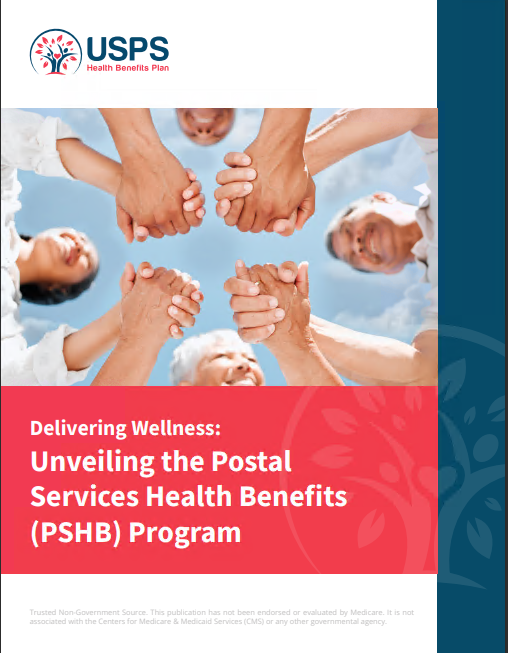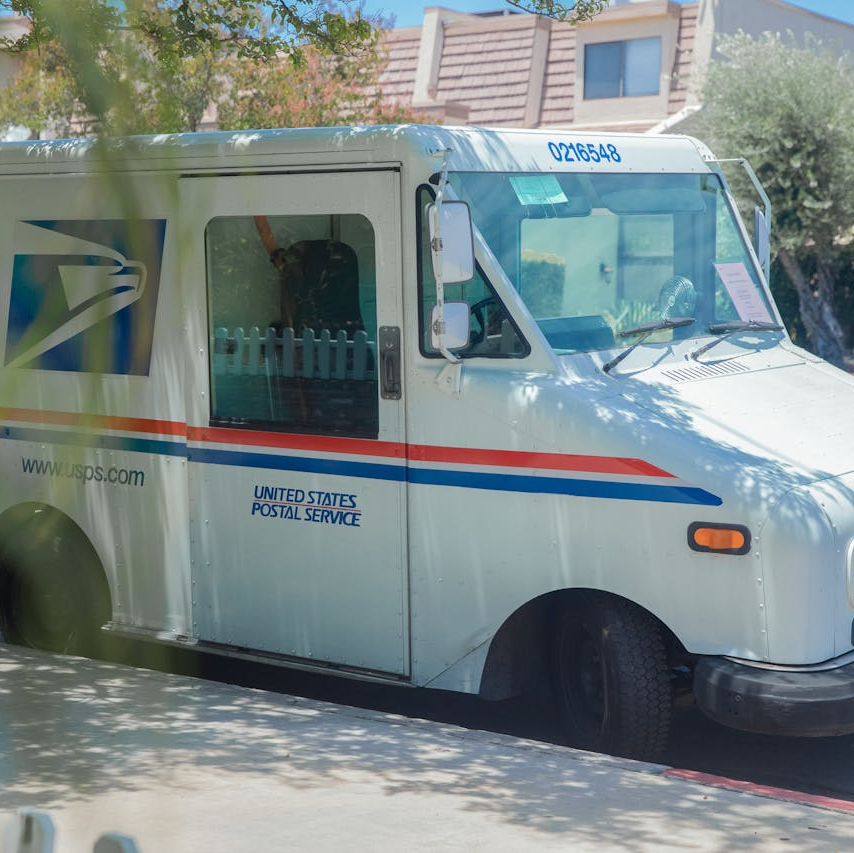Key Takeaways
-
Medigap plans and Postal Service Health Benefits (PSHB) both aim to minimize out-of-pocket costs, but they serve different purposes and have unique structures. By combining the strengths of these plans, you can better manage healthcare expenses.
-
Evaluating whether Medigap premiums are worth it involves comparing benefits, costs, potential overlaps, and how well each option aligns with your specific healthcare needs and financial situation.
Understanding Medigap and PSHB Plans
When considering your healthcare coverage, it’s essential to understand what each plan offers and how they interact. Medigap is designed to supplement Original Medicare by covering expenses like copayments, coinsurance, and deductibles—areas where Medicare can leave gaps. These plans are particularly helpful for individuals who prioritize predictable healthcare costs.
PSHB plans, on the other hand, are specifically tailored for Postal Service employees and retirees. These plans are comprehensive, offering extensive coverage that often integrates seamlessly with Medicare. Because PSHB is tailored to your specific needs as a postal worker or retiree, its features often go beyond standard insurance offerings.
Why Understanding the Difference Matters
Knowing the distinctions between Medigap and PSHB ensures you make informed decisions. While Medigap focuses on filling Medicare gaps, PSHB provides a broader scope, often including additional benefits like vision and dental care that Medigap doesn’t cover. This comprehensive structure makes PSHB a highly valuable option for postal employees and retirees, particularly those looking for robust benefits under a single plan.
What Does a PSHB Plan Cover?
PSHB plans include a wide range of benefits that go beyond what Medicare alone provides. Here’s a breakdown of what you can expect:
-
Medical services: Comprehensive coverage for doctor visits, hospital stays, specialist care, and outpatient services.
-
Preventive care: Regular screenings, immunizations, and wellness programs to maintain your health.
-
Prescription drugs: Included through a Medicare Part D Employer Group Waiver Plan (EGWP), ensuring you’re covered for essential medications.
-
Vision and dental options: These are often included or available as add-ons, giving you access to services not typically covered by Medicare or Medigap.
Additionally, PSHB plans frequently include benefits like telehealth services, mental health support, and fitness programs, enhancing overall wellness.
How PSHB Plans Address Common Healthcare Concerns
By covering a broad spectrum of services, PSHB plans help reduce financial stress. For example, PSHB’s drug coverage eliminates the need for standalone Part D plans, and its preventive care benefits ensure you’re protected against future health issues.
The Role of Medigap in Medicare Coverage
Medigap plans act as a bridge for expenses that Medicare doesn’t fully cover. These gaps often include:
-
The Medicare Part A hospital deductible
-
Coinsurance and copayments for Part B services
-
Excess charges from providers who don’t accept Medicare assignment
These plans are ideal for those who want predictable healthcare costs and nationwide coverage without worrying about network restrictions. However, Medigap does not cover prescription drugs, vision, or dental care, which are areas where PSHB plans may already excel.
Balancing Medigap’s Pros and Cons
While Medigap can help manage unexpected costs, its lack of coverage for prescription drugs and other essential services might make it less appealing for those already enrolled in a robust PSHB plan. Additionally, Medigap premiums can rise significantly with age, which is worth considering when planning for long-term affordability.
Comparing Costs: Medigap Premiums vs. PSHB Costs
Medigap premiums can vary widely based on factors such as your age, location, and the specific plan you choose. These premiums, combined with additional costs for Part D drug coverage, can add up quickly. On the other hand, PSHB plans often bundle a comprehensive range of benefits into one premium, with significant government contributions reducing your share of the cost.
Key Questions to Consider:
-
Are your PSHB out-of-pocket costs manageable? PSHB plans often cap your annual out-of-pocket expenses, reducing financial risk and ensuring you won’t face unexpected bills.
-
What are Medigap premiums in your area? Premiums can be significant, especially if you’re older or living in high-cost regions. Researching these costs can help determine whether they fit your budget.
-
Do you need the additional coverage Medigap offers? If your PSHB plan already minimizes your out-of-pocket expenses, Medigap might offer little added value.
How PSHB Integrates with Medicare
One of the strengths of PSHB plans is their seamless integration with Medicare. If you’re enrolled in both, your PSHB plan typically acts as secondary coverage, picking up costs that Medicare doesn’t cover. This coordination can significantly reduce your out-of-pocket expenses while simplifying billing and claims processes.
Benefits of PSHB-Medicare Integration:
-
Lower out-of-pocket costs: PSHB plans reduce deductibles, coinsurance, and copayments, ensuring financial predictability.
-
Streamlined billing: Coordination between Medicare and your PSHB plan simplifies the administrative side of healthcare.
-
Comprehensive drug coverage: Enhanced prescription benefits through EGWP eliminate the need for standalone Part D plans.
-
Additional benefits: Vision, dental, and preventive care options make PSHB plans more versatile than Medigap.
Advantages and Limitations of Medigap
Advantages:
-
Predictable costs: Fixed monthly premiums minimize financial surprises.
-
Broad provider access: Freedom to choose any doctor or facility accepting Medicare, without worrying about networks.
-
Robust coverage: Fills gaps in Original Medicare, providing peace of mind for high-cost scenarios.
Limitations:
-
No prescription drug coverage: Requires separate enrollment in a Part D plan, adding to overall costs.
-
Higher premiums for older enrollees: Costs can rise significantly with age, potentially making Medigap less affordable in the long run.
-
Potential overlap: If PSHB already covers many of the same gaps, Medigap may not add sufficient value to justify its premiums.
Analyzing Your Healthcare Needs
To decide whether Medigap premiums are worth it, start by analyzing your healthcare needs and expenses:
-
Review Your PSHB Plan: Examine your current benefits, including copayments, deductibles, and annual out-of-pocket maximums. Look for areas where additional coverage might be necessary.
-
Consider Your Health: If you anticipate frequent medical visits or high healthcare costs, Medigap could provide added peace of mind and financial predictability.
-
Account for Prescription Drugs: If you’re satisfied with PSHB’s prescription drug coverage, Medigap’s lack of drug benefits might be a deal-breaker.
-
Factor in Travel: If you travel frequently and need nationwide coverage, Medigap’s unrestricted provider network could be an advantage over PSHB’s more localized options.
-
Evaluate Long-Term Costs: Consider how rising Medigap premiums could impact your budget over time and compare them to PSHB’s generally more stable costs.
Situations Where Medigap Might Be Beneficial
Despite the robust coverage of PSHB plans, there are scenarios where Medigap might still be worth considering:
-
High Medical Usage: If you anticipate significant healthcare costs not fully covered by PSHB, Medigap can limit financial surprises.
-
Out-of-Network Providers: Medigap’s nationwide network offers flexibility for accessing providers outside PSHB networks.
-
Limited PSHB Benefits: If your PSHB plan has high deductibles or limited coverage for certain services, Medigap could fill those gaps, offering more comprehensive financial protection.
The Bottom Line: Weighing Costs Against Benefits
Ultimately, whether Medigap premiums are worth it depends on the interplay between your PSHB benefits and your personal healthcare needs. To make an informed decision:
-
Calculate Your Total Costs: Include premiums, deductibles, copayments, and potential out-of-pocket expenses.
-
Assess Your Coverage Needs: Consider your health status, anticipated medical care, and financial risk tolerance.
-
Compare Alternatives: Evaluate whether PSHB alone sufficiently covers your needs or if Medigap adds value.
-
Think Ahead: Consider how your healthcare needs may evolve over time and plan accordingly.
Finding Your Perfect Balance
Balancing comprehensive coverage with manageable costs is key. For many PSHB enrollees, the existing plan’s integration with Medicare may already provide sufficient protection, making Medigap unnecessary. However, if you’re facing gaps that PSHB doesn’t address, Medigap could be a worthwhile addition, especially if you prioritize predictable costs and nationwide coverage.
Making the Right Choice for You
Understanding the nuances of PSHB and Medigap plans empowers you to make informed healthcare decisions. By carefully evaluating your options, you can choose the path that best aligns with your health needs and financial goals, ensuring peace of mind for years to come.










